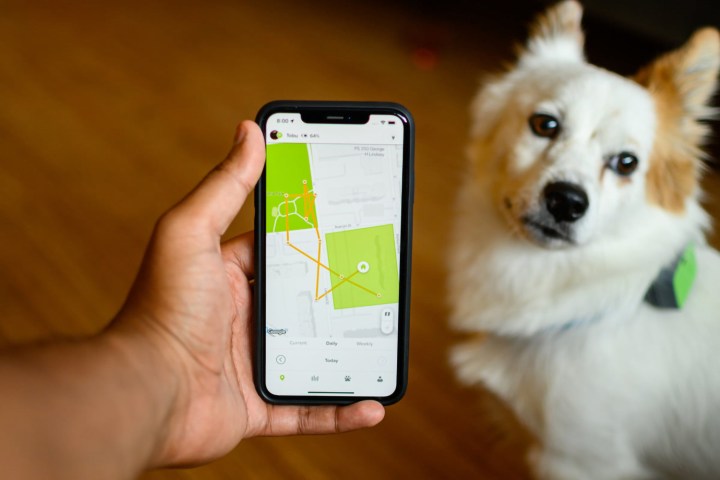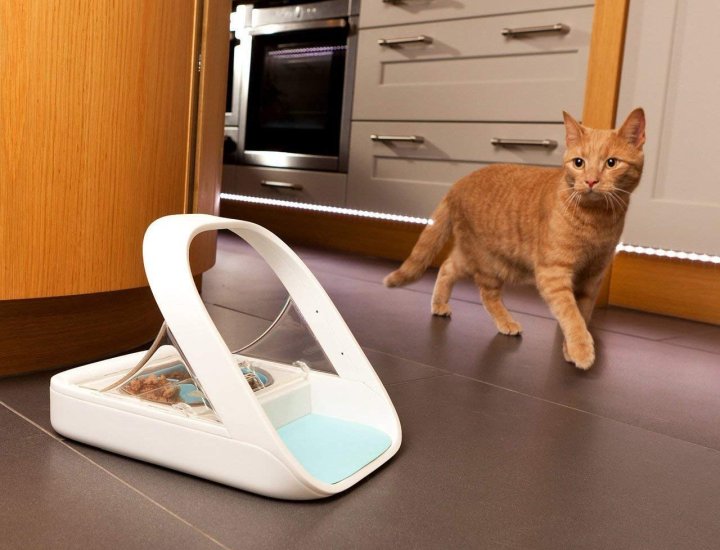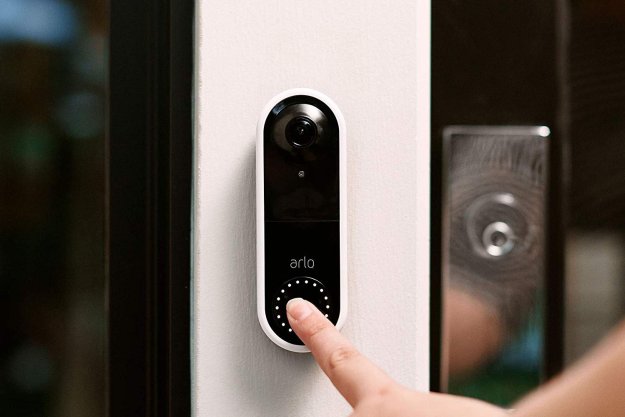We keep pet owners current on all sorts of useful pet tech for their favorite furry friends, from devices like smart feeders and self-cleaning litter boxes to intelligent trackers and activity monitors. There are many ways technology can help owners keep an eye on their pets, interact with them from afar, and ensure they are healthy and happy.
But how do you know what tech is right for you and your pet? We’re covering pet tech from a broader perspective, with advice on what to look for if you want devices that will improve your pet’s life. You have plenty of options, but these tips will help you make the right choices when it’s time to buy!
Keep your pet’s health a priority

Pet tech works best when it can improve the life and health of your pet. We’re not just talking about keeping your pet busy or distracted during the day (although there’s definitely room for that). Pet monitoring, for example, often includes activity tracking to ensure your pet is getting enough exercise — especially if they have weight loss goals. Trackers may also be able to tell how restless your pet is when they’re trying to sleep, or in the case of some litter boxes, how often they may be trying to go to the bathroom.
Other pet tech can also improve pet health: Timed food release can make sure your pet is eating the proper meal sizes. Pet fountains can encourage them to drink more water. Automatic thrower toys can teach dogs to fetch and retrieve balls even if you aren’t actually there, giving them the exercise they need. There are plenty of options to help address issues or make sure your pet is living their best life.
Likewise, there may be some tech that you will want to avoid, depending on your pet. One example is automatic laser pointers on devices. These can provide a distraction, but curious pets may end up looking straight at the laser and damaging their eyes.
Consider how your pet interacts with food

Lots of pet tech revolves around eating. The Petcube Bites 2, for example, not only watches for your pet but allows you to launch them a treat. Automatic feeders, meanwhile, are designed only to provide specific portions of food at certain times. But it’s important to match the food-friendly tech with your own pet.
For example, if your pet needs to lose weight, then you’ll want to focus more on activity monitors than toys that can launch treats. There are also plenty of internet videos available of pets attacking their automatic feeders — often successfully. If your pet is a little too obsessed with their food, choose a feeder that is both well-armed against claws and teeth and is not easily shoved or thrown across the floor.
Look for audio communication
If you are looking at pet cams or similar devices, consider ones that include two-way audio communication. Not all pets will be able to recognize their owner’s voice easily from a speaker, but they can generally tell that something is happening and are happy to investigate. That can make pets feel cared for and allow you to announce feeding times or just tap in and say that you love them. Fortunately, two-way audio is now standard on pet cams, so the feature should be easy to find.
Make sure your pet cam can move
If you’re getting a pet cam, get one that can move. Both broad rotation and digital zoom are valuable features to have. Pets are often on the move or difficult to spot unless you can swivel the cam around to find them. This is one must-have feature you’ll be thankful for when exploring what you can do with your cam — or when worrying about just what your pet may be up to at any given moment.
Look for the right ways to track your pet

Pet tracking has never been smarter and is particularly useful if you have a dog that loves jumping the fence or a cat that likes slipping out the door when no one is looking. Look for pet trackers that allow you to set geofencing so you can get alerts when pets have left a certain area. For serious trail and walk tracking, make sure to choose trackers that use GPS for the best results.
If you don’t really mind if your pet comes and goes, consider a pet door or pet flap that can sense when it has been used so you always know if your pet is indoors or outdoors. If you live in an area with other critters, get a door that uses tech to ensure it will only open for your pet.
Pet devices can also help clean up messes

Don’t forget the devices that can help you clear away pet hair, kibble, and dander. Robot vacuums are an excellent way to make sure pet hair isn’t always forming dust bunnies under your furniture. Other vacuums are rated specifically for pet hair, with attachments designed to help clean pet beds or other favorite resting spots. Air purifiers, meanwhile, can help reduce the pet dander in the air for those who may suffer from allergies.
Introduce new gadgets slowly
Sometimes, pets can be nervous around new devices, especially if they make noises or light up in unexpected ways. Don’t expect your pets to understand or like their new tech right away. Give them time to get used to it by setting up devices in a non-threatening area and encouraging exploration. Reward pets for trying out or responding to the new technology.
Picking the right tech brands
When it comes to brand recognition, your choices depend on the features you want and how much you want to pay, more than any specific company. Our primary advice is to look for brands that have been around for at least a few years and have more than one product. This is the best way to make sure that your devices will have the support they need in the future. Pet startups and crowdfunding have many exciting devices, but it’s important to choose a platform that will provide reliable support in the years to come.
Editors' Recommendations
- How to save Ring Doorbell video without a subscription
- Best vacuum deals: Cordless to corded, Dyson to Bissell
- How to use the Google Home app on a computer
- Can you use a Blink Outdoor Camera without a subscription?
- The best pool robot vacuums




